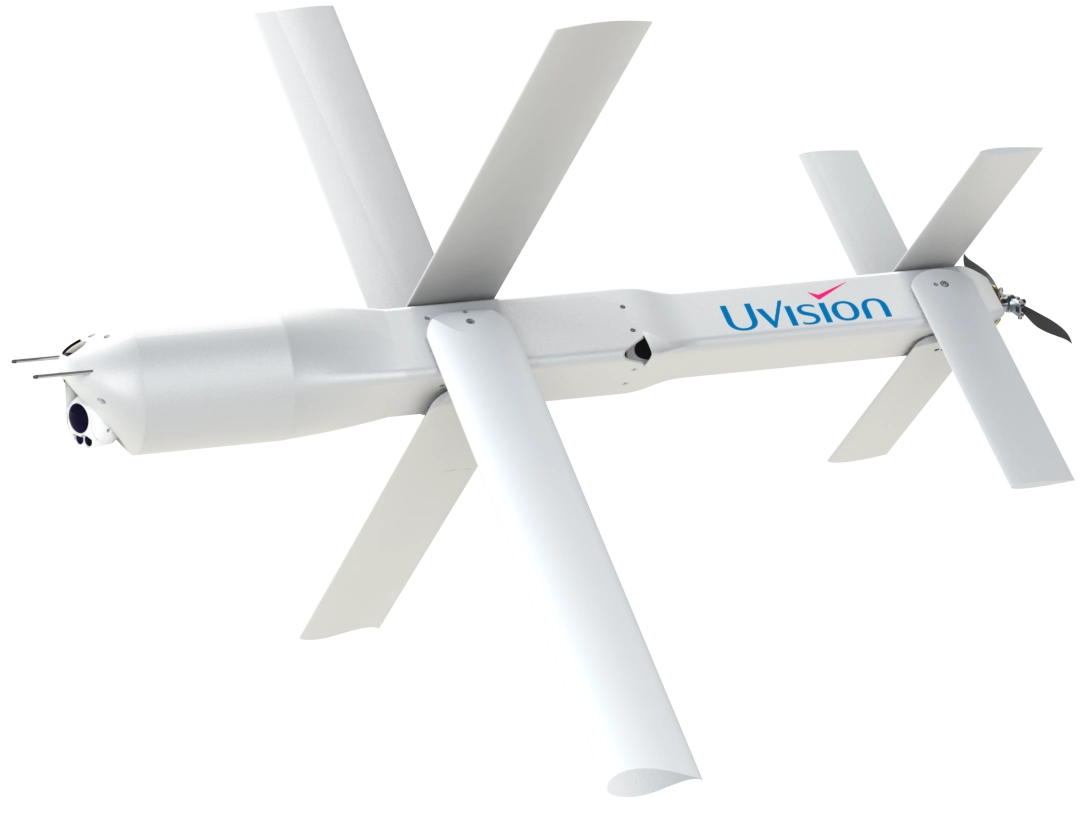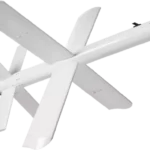Just as a very rough review (using Wikipedia and photos) there are USAR or ARNG M09 bns in Utah, the Carolinas, Pennsylvania, Mississippi, Kentucky, Arkansas, California, and Georgia. There are HIMARS bns- N Carolina, Florida, Wisconsin, Kansas, Texas, Colorado, Oklahoma, Tennessee, New Hampshire, West Virginia, Wyoming, Kentucky. And an MLRS bn - South Dakota.
That's just the reserve side. Many of these have equipment and ranges easily accessible by a short to moderate CC330 flight or CC130 flight.
But the real issue is not the access of borrowed equipment in the US but actually equipping them at home.
Incidentally, 5 BC and 15th field IMHO would jointly become a single light battery supporting a single large (four company) infantry battle group in BC concerned with mountain ops.
Probably not, but right now neither is the US. That's down the pipes yet.
Everything that I read - which to date is glossy brochure stuff - shows that upgrading various versions of the M109 with the Rheinmetall L52 is viable and a less expensive option than buying a new armoured L52 system made in Europe.
Maybe we should remilitarize a whole bunch of M109 monuments around the country.

I'd only be speculating as to what Canada intends to do albeit that I have an educated guess. The UOR is short term and Latvia specific. I think that pretty much excludes an M109-L52 and probably most European L52 guns whose production cycles are already booked up for several years.
It depends on the system. M109 engines are pretty standard North American diesels and most diesel mechanics with access to parts and a manual could handle basic repairs. The basic track system isn't rocket science either and most mechanics who deal with tracked bulldozers and the like should be able to adapt. In fact much track maintenance is done by the gun det itself.
As you say, Communications and digital gun management systems are highly specialized and need a specially trained and security cleared electronics tech. The cab itself has hydraulics (for older systems - electric for the A7) and weapon systems that are also very specialized and would need a trained army weapons tech.
I generally do not like the idea of contracting to civilians. Not because I don't think that they can do it but because actually doing maintenance - whether by the dets or technicians - is training in its own right. Every military unit should be designed for and should expect that at some point they'll go to war. That means that you need all the proper personnel who will maintain things in combat fully trained during peacetime. Canadians undervalue and under resource logistics. That's why we have such a high VOR rate. IMHO, using civilians, even for commercial pattern vehicles, has become a band-aid solution that will bite the army in the ass. I'm not a fan of the wide use of commercial pattern vehicles for the same reason. You can't go to war with them.




